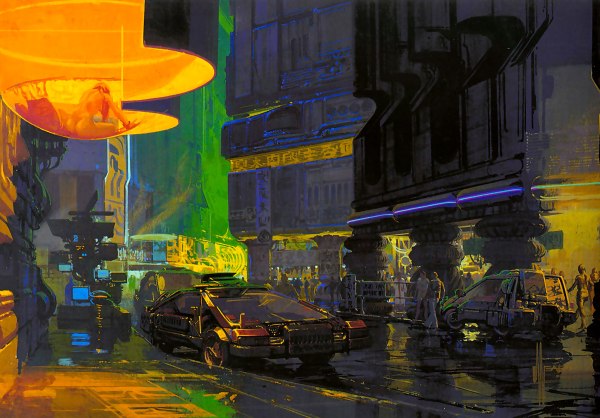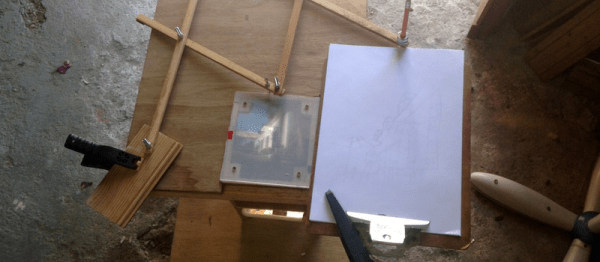Burning Man is so many different things to so many people, that it defies neat description. For those who attend, it always seems to be a life-changing experience, for good or for ill. The story of one man’s Burning Man exhibition is a lesson in true craftsmanship and mind-boggling engineering, as well as how some events can bring out the worst in people.
For [Malcolm Tibbets], aka [the tahoeturner], Burning Man 2017 was a new experience. Having visited last year’s desert saturnalia to see his son [Andy]’s exhibition, the studio artist decided to undertake a massive display in his medium of choice — segmented woodturning. Not content to display a bamboo Death Star, [Malcolm] went big– really big. He cut and glued 31,000 pieces of redwood into rings of various shapes and sizes and built sculptures of amazing complexity, including endless tubes that knot and loop around and back into each other. Many of the sculpture were suspended from a huge steel tripod fabricated by [Andy], forming an interactive mobile and kinetic sculpture.
Alas, Burning Man isn’t all mellowness in the desert. People tried to climb the tripod, and overnight someone destroyed some of the bigger elements of the installation. [Malcolm] made a follow-up video about the vandalism, but you’ll want to watch the build video below first to truly appreciate the scale of the piece and the loss. Here’s hoping that [Malcolm]’s next display is treated with a little more respect, like this interactive oasis from BM 2016 apparently was.
Thanks to [Keith Olson] for the tip.





 Meet Syd Mead as he presents a keynote talk at the
Meet Syd Mead as he presents a keynote talk at the 













